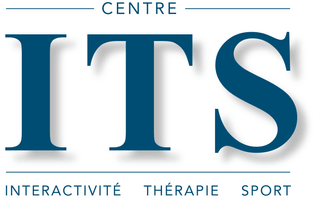Unfortunately we no longer support Internet Explorer.
Please use Microsoft Edge, Google Chrome or [Firefox](https://getfirefox. com/).
Back











 Now closed
Now closed

Siegenthaler Anne-Julie (Fribourg)
0 Reviews
Do you own or work for Siegenthaler Anne-Julie?
This is your free listing on Osteopathy-Comparison, a platform of Swisscom Directories SA. A listing is an online presence through which you can raise awareness of your company among potential customers. The more information they can find in your listing, the higher your chances of acquiring potential customers. For the creation of your free listing, the information about your company was obtained from the Swisscom Directories SA directories.
To complete your listing, submit a request to gain control over the account!
About Us
Services
Visceral osteopathy
Sports osteopathy
Osteopathy for pregnant women
Osteopathy for children
Amenities
Recognised by health insurance
Languages
French
Location and contact




Show directions
Siegenthaler Anne-Julie
- office address
Boulevard de Pérolles 6 1700 Fribourg
-
Anne-Julie Siegenthaler
- Phone 0789... Show mobile number 078 913 17 23 *
- Visit site Visit site
- * No listing required
reviews
Do you wish to rate "Siegenthaler Anne-Julie"?

There are no reviews for this company yet.
Have you any experience of this company?

* These texts have been automatically translated.
Other listers

Siegenthaler Anne-Julie
View opening hours



